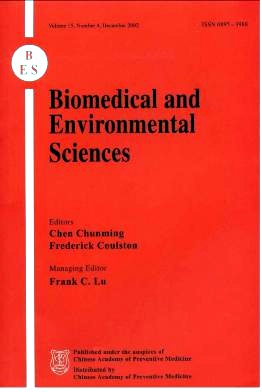Microbial Aspects of Anaerobic BTEX Degradation
Abstract: Combined with conventional methods, developments in both geochemical (delineation of redox processes) and molecular microbial methods (analysis of 16S rDNA genes and functional genes) have allowed us to study in details microorganisms and genes involved in the anaerobic degradation of benzene, toluene, ethylbenzene and xylene (BTEX) under specific redox conditions. This review summarizes recent research in this field. The potential for anaerobic BTEX degradation is widely spread. Specific groups of microorganisms appear to be involved in degradation under different redox conditions. Members of the Azoarcus/Thauera cluster perform BTEX degradation under denitrifying conditions, Geobacteraceae under Fe (III) reducing conditions and Desulfobacteriaceae under sulfate reducing conditions. The information so far obtained on biochemistry and molecular genetics of BTEX degradation indicates that each BTEX compound is funneled into the central benzyol-CoA pathway by a different peripheral pathway. The peripheral pathways of per BTEX compound show similarities among different physiological groups of microorganisms. We also describe how knowledge obtained on the microbial aspects of BTEX degradation can be used to enhance and monitor anaerobic BTEX degradation.
| Citation: | LIN BIN, HENK W.VAN VERSEVELD, WILFRED F.M.R(O)LING. Microbial Aspects of Anaerobic BTEX Degradation[J]. Biomedical and Environmental Sciences, 2002, 15(2): 130-144. |







 Quick Links
Quick Links
 DownLoad:
DownLoad: